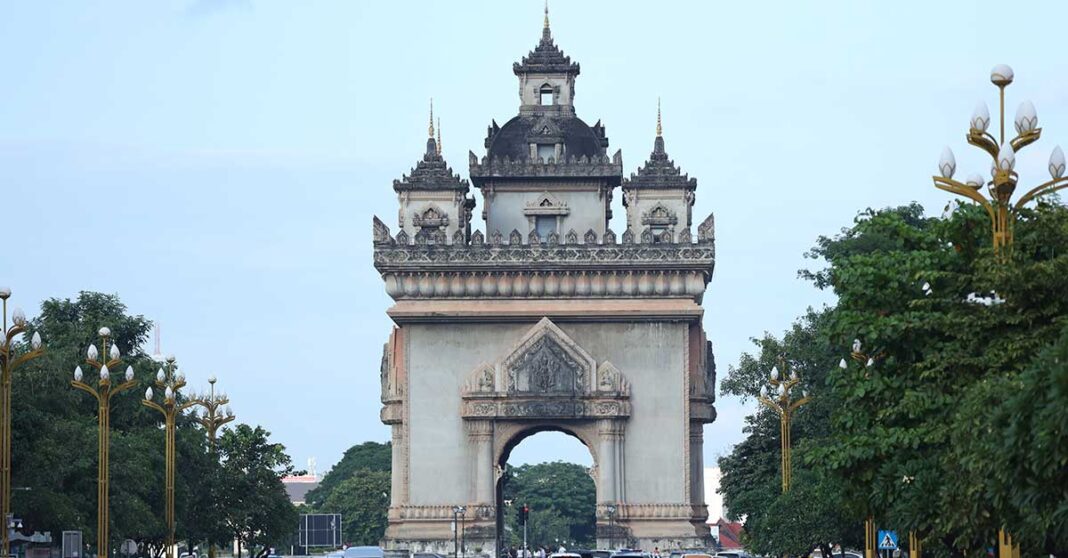The inflation rate in Laos in June rose to 26.2 percent, up from 25.8 percent in May, marking the highest rate the country has experienced this year. Despite this, Laos also reported a positive economic growth trend.
According to the Lao Statistics Bureau, the Consumer Price Index surged from 229.28 in May to 234.54 in June, highlighting the rising cost of living in the country.
Specifically, in June, the highest price fluctuation was observed in the healthcare and medicines category, which increased by 41.7 percent. This was followed by restaurants and hotels at 35.3 percent, and shelter, water, electricity, and cooking fuel at 32.5 percent. Other significant increases were seen in clothing and shoes, alcohol and tobacco, and food and non-alcoholic beverages.
Meanwhile, the average inflation rate for the first six months of this year stands at 25.3 percent, a decrease from 38.1 percent in the same period last year. During this time, healthcare and medicines experienced the highest increase, driven by rising drug prices and medical services. Restaurants and hotels also saw significant price hikes for popular dishes, with notable inflation observed in clothing and footwear as well.
According to the report, several factors have contributed to the inflationary pressures in Laos. Firstly, the depreciation of the Lao Kip against major foreign currencies such as the US dollar, Thai Baht, and Chinese Yuan has significantly affected the prices of imported goods and services.
Secondly, weak domestic production capabilities have exacerbated these inflationary trends, as Laos heavily relies on imports for consumer goods and raw materials, which increases the effect of currency depreciation on inflation. Additionally, a recent increase in the value-added tax rate from 7 percent to 10 percent has further driven up commodity prices.
Despite this hike in inflation, the country reported economic growth, with the Gross Domestic Product (GDP) increasing by 4.7 percent, surpassing the annual target of 4.5 percent, as revealed by Prime Minister Sonexay Siphandone during the ongoing 7th Session of the National Assembly (NA).
This growth is mainly driven by the tourism sector and related services, transportation, and wholesale and retail sales, according to the prime minister. Other contributors include expanded agricultural production, along with construction and processing industries.
However, challenges persist. NA members noted that despite the GDP growth, income per capita has declined when converted into foreign currencies and adjusted for inflation due to the high inflation rate.



